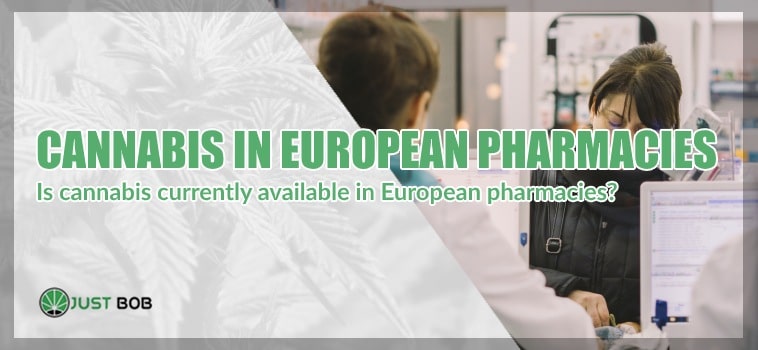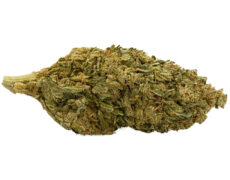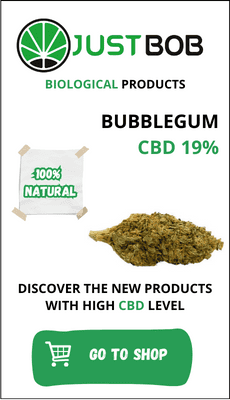Published on: 05/05/2024
HOW MEDICAL CANNABIS EVOLVES IN EUROPE?
With substantial legal changes for CBD cannabis in the UK and all of Europe can take advantage of its developments in the future … so let’s look more ready for these European novelties.
Although CBD marijuana is industrial, therefore for technical and non-therapeutic use, in Europe it is possible to buy cannabis in pharmacies (of course for medical and non-recreational use).
-
 SMALL & BIG
SMALL & BIGBUBBLEGUM
Starting from: 1,25CHF/gIndoor | CBD – CBDA <22%
Grams3 5 10 20 50 100 -


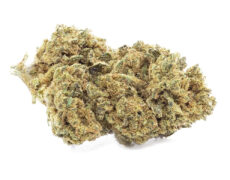
DO SI DOS
Starting from: 2,00CHF/gIndoor | CBD – CBDA < 19%
Grams3 5 10 20 50 100 -


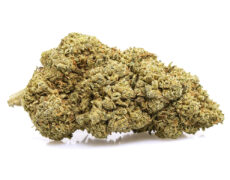
ROYAL GG#4
Starting from: 2,30CHF/gIndoor | CBD – CBDA < 40%
Grams3 5 10 20 50 100 -


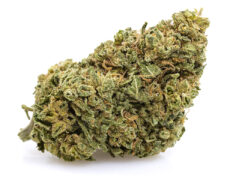
GORILLA GLUE
Starting from: 2,90CHF/gIndoor | CBD – CBDA < 20%
Grams3 5 10 20 50 100
Anyone who has a prescription from any doctor – not just a specialist – can find it in some Italian galenic pharmacies, that is, public and private pharmacies that prepare medicines in their laboratory. You can also find cannabis in hospital pharmacies, i.e. in some hospitals.
As you may have imagined, medical marijuana is not sold by pharmacies as an inflorescence, but directly in the form of laboratory-prepared drugs.
Who can take medical cannabis?
Anyone with a prescription can go to one of the pharmacies in their area, which prepares cannabis-based drugs and then ask for the drug indicated in the prescription.
Cannabis-based medicines are available for a fee (always on prescription) for any pathology for which there is a minimum of accredited scientific literature. They can also be requested free of charge, depending on the regional health system, for the only therapeutic indications that the region has accredited as recognised.
Each Italian region decides for itself which diseases patients can benefit from free distribution. Still, in general, the pathologies and symptoms that can be treated with cannabis (according to Decree 9/11/2015 of the Ministry of Health) are:
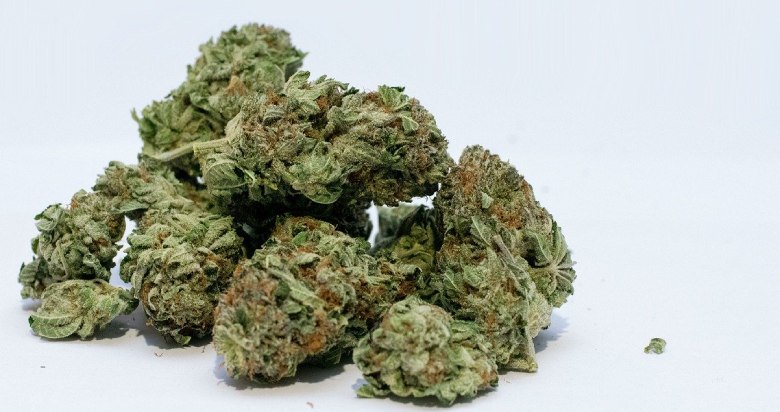

- Multiple sclerosis and spinal cord injuries resistant to conventional therapies to soothe muscle spasm pain.
- Chronic pain (especially neurogenic) in the treatment of cases with non-steroidal, cortisone or opioid anti-inflammatory drugs is ineffective.
- Nausea and vomiting that cannot be treated by traditional methods, caused by radio and chemotherapy and HIV therapies.
- Cachexia and anorexia in cancer patients, people with AIDS and people with anorexia nervosa, to achieve appetite stimulation that cannot be caused by standard treatments.
- Glaucoma that is resistant to conventional therapies.
- Tourette’s syndrome to reduce involuntary movements that cannot be soothed by conventional therapies.
You should also know that drugs come in different forms, and can be produced with the use of different varieties of medical marijuana.
Read also: Gorilla Glue: the origins
Types of medical cannabis-based drugs
Pharmacies can manufacture drugs based on the following types of marijuana by 2020:
- FM2, with THC 5-8% and CBD 7.5-12%
- FM1, with THC 13-20% and CBD: 1%
- Bedrocan, with THC 22% and CBD: 1%
- Bediol, with THC 6% and CBD: 8%
- Bedica, with THC 14% and CBD: 1%
- Bedrobinol, with THC 12% and CBD: 1%
- Bedrolite, with THC: 0.4% and CBD: 9%
- Pedanios, with THC 22% and CBD and 1%
The first two varieties, FM2 and FM1, are produced in Italy exclusively at the military, pharmaceutical chemical plant in Florence. Well-known companies cannot grow it in an absolute way.
From Bedrocan to Bedrolite, they are produced in the Netherlands and imported into Intaly.
Pedanios cannabis is imported from Canada.
All of these varieties are very different from CBD flowers, which contains high levels of CBD and a THC level of less than 0.2%, tolerated up to 0.5%.
Different varieties of medical cannabis are made available to galenic drugs (depending on the pharmacy) in the following forms:
- Bags for spraying or decoction
- Decarbonization capsules for oral use
- Micronized cannabis capsules for plant depletion
Extracts:
- glyceric/glycolic
- e-cigarettes
- Supercritical CO2
- cannabis oil (cannabis olive oil)
- Dye
- Resins
- Transdermal Gel (PLO)
- Cream
- Eye drops
- Cocoa pills
- Chewing-gum.
These are the only legal means for a pharmacy to distribute medical cannabis. It cannot provide patients directly with jars containing chopped inflorescences of marijuana.
Read also: Alternatives to Tobacco for Quitting Smoking
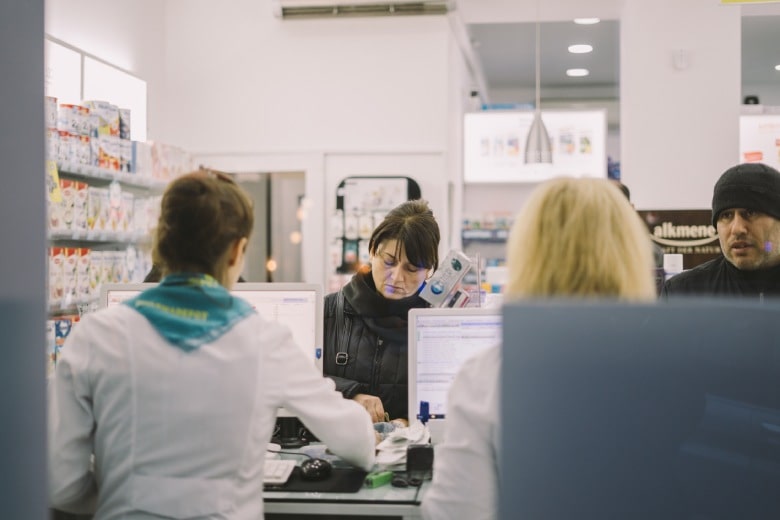

Can pharmacies refuse to provide marijuana-based drugs?
We assume that not all pharmacies manufacture or distribute cannabis-based drugs (you can visit the Farmagalenica.it site to find out which pharmacy in your area prepares and sells them). However, if a pharmacy distributes cannabis-based drugs, it cannot refuse to distribute them to anyone who has a valid prescription.
Whether on the white or red sheet, which indicates payment by the patient in the care of the health system, if the prescription does not present errors, the pharmacy cannot refuse the drug to the patient.
Of course, you can’t go to the pharmacy and ask for a Bedrocan-based drug if the prescription indicates FM1 therapy. The pharmacist cannot commit an offence by providing a different medicine than the one stated. As an alternative to the type of cannabis, the doctor can write the percentage of THC and Cannabidiol of the variety. However, to avoid misunderstandings, it is best to indicate the name of the marijuana variety.
The doctor must also write the pharmaceutical form (pills, sachets, eye drops, etc.), the number of doses or quantity in ml and the reason for the prescription. The dosage is currently only mandatory in Lombardy, but it is still preferable for the doctor to point out in the explanations.
In conclusion
As you may have read, you can obtain medical marijuana not in the form of inflorescences (as you can get industrial cannabis, also called CBD weed), but in the type of drugs prescribed by any Doctor.
Not all pharmacies manufacture these drugs, nor do they produce them in all forms, so it is best to inquire in advance.
However, it is well established that if you have a regular prescription, you can legally purchase cannabis-based drugs (e.g. CBD oil) or, in some cases, get them for free. Obtaining cannabis-based medicines without a prescription is impossible.

